The recent message from Israel’s defense minister to soldiers, urging them to “See Gaza from the inside… The order is coming,” has left many intrigued and seeking answers. This article delves into the context behind this cryptic message, exploring the potential motivations and implications underlying the directive. By analyzing this message, we aim to uncover the reasons why Israel’s defense minister sent it to the soldiers and shed light on the intricate dynamics surrounding Gaza and the Israeli-Palestinian conflict.
Understanding the Complexities of Gaza
To comprehend the message’s significance, it is crucial to gain a deeper understanding of the complexities surrounding Gaza:
- Historical and Geopolitical Context: Gaza’s turbulent history includes Israeli occupation, geopolitical disputes, and a longstanding conflict with the Palestinian territories. These factors have shaped the socio-political landscape, creating distinct challenges for both Israel and Gaza.
- Humanitarian Crisis and Blockade: The Gaza Strip has faced a severe humanitarian crisis, exacerbated by an Israeli blockade that restricts the movement of people and goods. This has contributed to high unemployment rates, limited access to essential services, and deepening isolation for Gaza’s population.
Decoding the Message
Analyzing the enigmatic message from Israel’s defense minister requires considering the following factors:
- Security Concerns and Preparedness: The directive to “See Gaza from the inside… The order is coming” suggests that Israel’s defense minister is emphasizing the need for soldiers to familiarize themselves with the region. This may indicate a forthcoming military operation or heightened security concerns.
- Deterrence and Defending National Interests: It is possible that the message aims to reinforce deterrence, sending a clear signal that Israel is prepared to take action to protect its national security interests. This approach seeks to dissuade potential threats and demonstrate resolve in maintaining a secure environment.
- Addressing Ongoing Challenges: The order to soldiers may be a response to persistent security threats emanating from Gaza, such as rocket attacks or infiltration attempts. By conveying the impending order, the defense minister is instilling a sense of preparedness among the soldiers to address these challenges head-on.
Implications and Considerations
The message to Israel’s defense minister’s soldiers carries profound implications that warrant consideration:
- Escalation of Tensions: If the order culminates in a military operation, tensions between Israel and Gaza could escalate, potentially leading to casualties, destruction, and further erosion of the Israeli-Palestinian relationship. It is crucial to approach such situations with caution to prevent a spiral of violence.
- Humanitarian Impact: In the event of military action, the welfare of civilians in Gaza must remain a paramount concern. Given the already dire conditions, any operation should prioritize minimizing harm to civilians and infrastructure, while taking steps to ensure the provision of essential services.
- Long-term Security and Stability: Israel’s defense minister’s message must be seen in the wider context of pursuing long-term security and stability. Balancing a proactive approach to address threats with efforts toward conflict resolution and dialogue remains pivotal in attaining lasting peace in the region.
Conclusion
The message from Israel’s defense minister to soldiers, urging them to “See Gaza from the inside… The order is coming,” elicits intrigue and prompts a deeper examination of its underlying motivations. By understanding the complexities surrounding Gaza, decoding the message, and considering the potential implications, valuable insights into the dynamics of the Israeli-Palestinian conflict emerge. Moving forward, it is essential to approach these challenges through diplomatic channels, seeking peaceful resolutions that prioritize the well-being of all affected populations and strive to create a future where tensions are resolved through dialogue rather than confrontation.
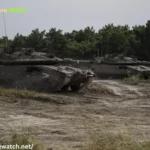

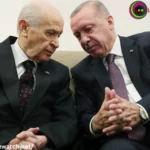
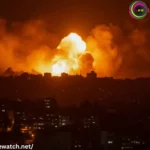






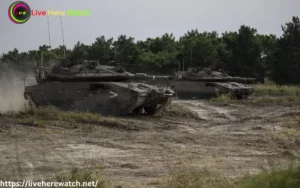

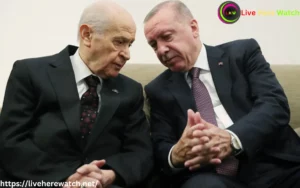
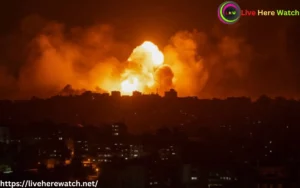

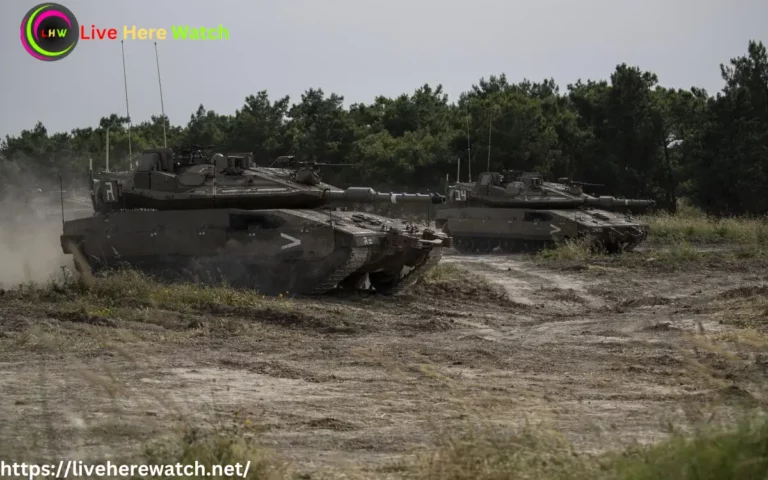

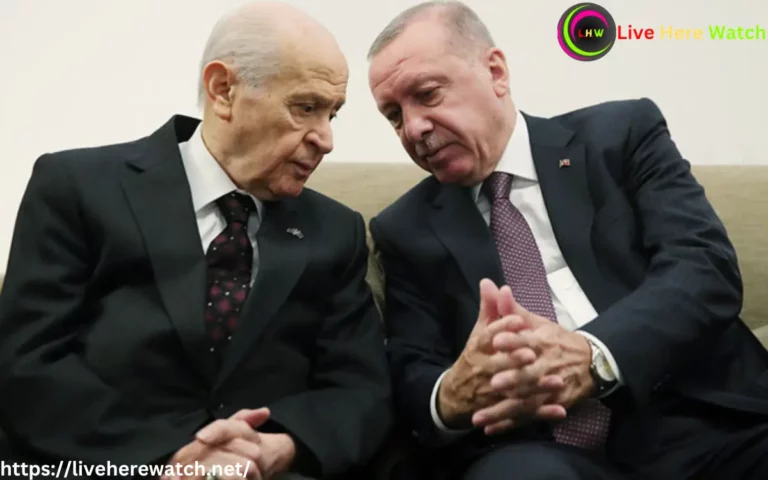

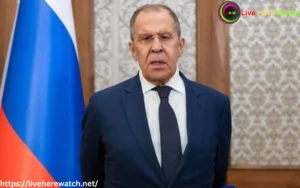
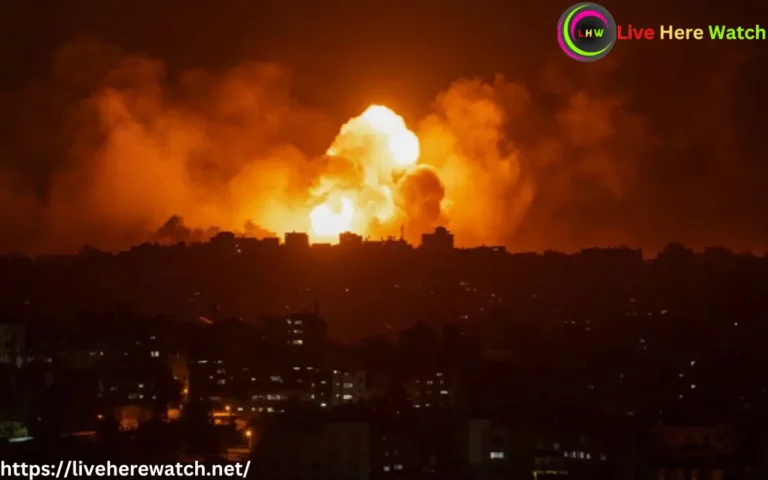
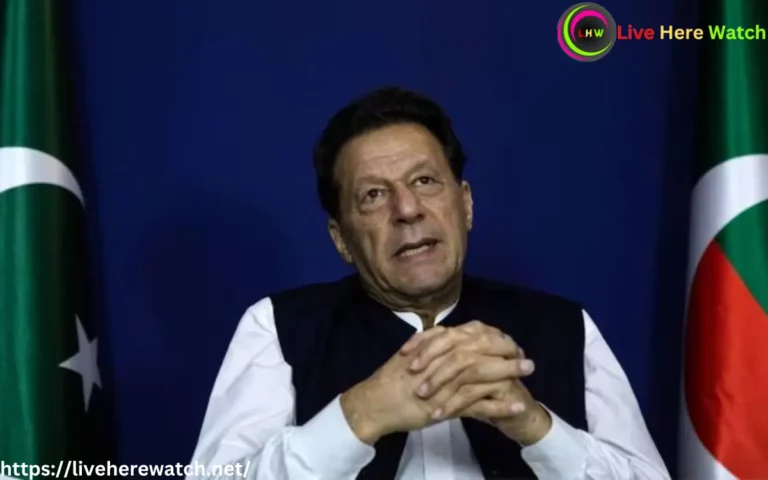


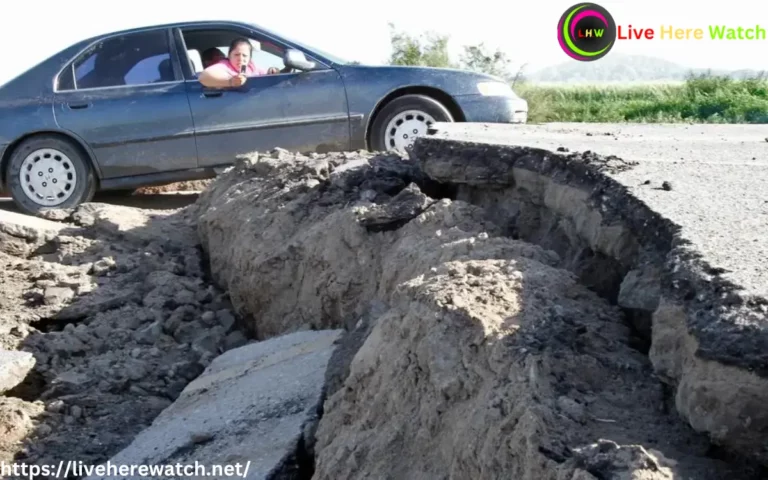
+ There are no comments
Add yours